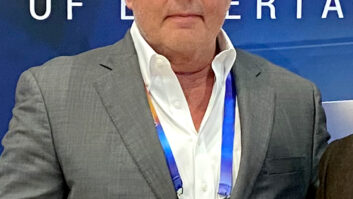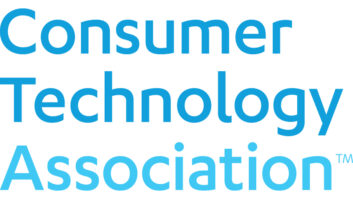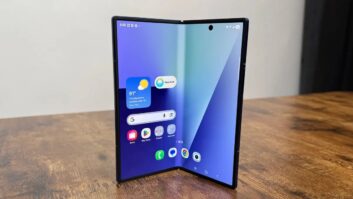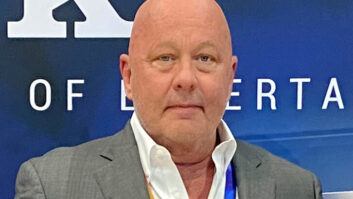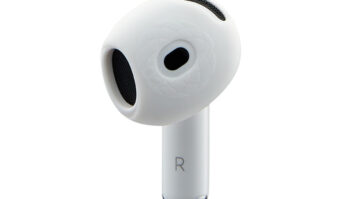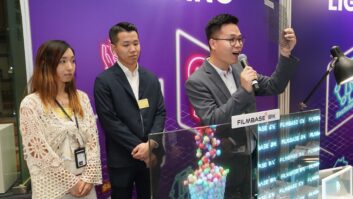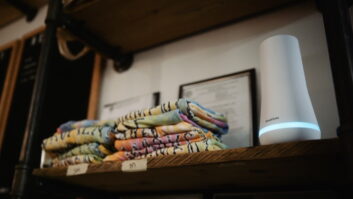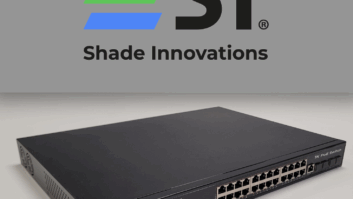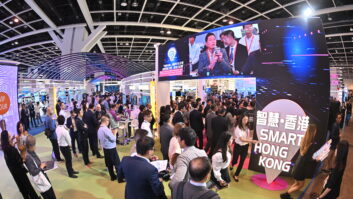This week we’re celebrating the 100th birthday of the consumer technology industry with the story behind how our business came to be and of those responsible for creating it. You can read Part 1 here, Part 2 here, and Part 3 here.
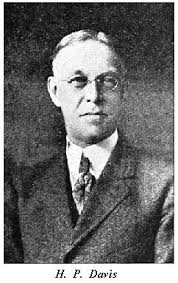
Dr. H.P. Davis was unusually excited when he bounced into his office in the Westinghouse Electric & Manufacturing Company’s sprawling 92-acre complex in East Pittsburgh bright and early on Thursday morning, September 30, 1920. In the bookish VP’s coat pocket was a clipping of the Horne’s Department Store radio set ad from the previous evening’s newspaper.
Davis bade his secretary a chipper “Good morning!” then, without missing a beat, told her to “ask Frank to come in.” She knew her boss was referring to Frank Conrad, Westinghouse’s sudden resident radio star.
When Conrad arrived, Davis pulled the Horne newspaper clipping out of his pocket, and said: “Frank, I’m going to close your station.” Davis then proceeded to regale Conrad with his vision of radio being “a latch key to nearly every home in the United States.” As he later noted, the ad alerted Davis that “we had in our hands, in this idea, the instrument that would prove to be the greatest and most direct mass communicational and mass educational means that had ever appeared.”
See also: Happy 100th Birthday To The Consumer Technology Industry! Part 1
Unlike Owen Young, his more bureaucratic corporate counterpart at RCA, Harry Phillips Davis was steeped in technology. Born on July 31, 1868 in Somersworth, New Hampshire, Davis received his B.S. in mechanical engineering from Worcester Polytechnic Institute in 1890, and his B.S. in electrical engineering in 1891.
After starting his career at the Thompson Houston Co., Davis resigned within the year and moved to East Pittsburgh, Pennsylvania, to work for Westinghouse, advocating for the company to develop “electrical detail apparatus” ¬– switches, insulators and rheostats for the company’s large AC electrical generators. Within a year, Davis was appointed to organize and develop Westinghouse’s Detail Engineering Department. By 1909, Davis rose to Manager of Engineering, then, two years later, VP in charge of manufacturing and engineering.
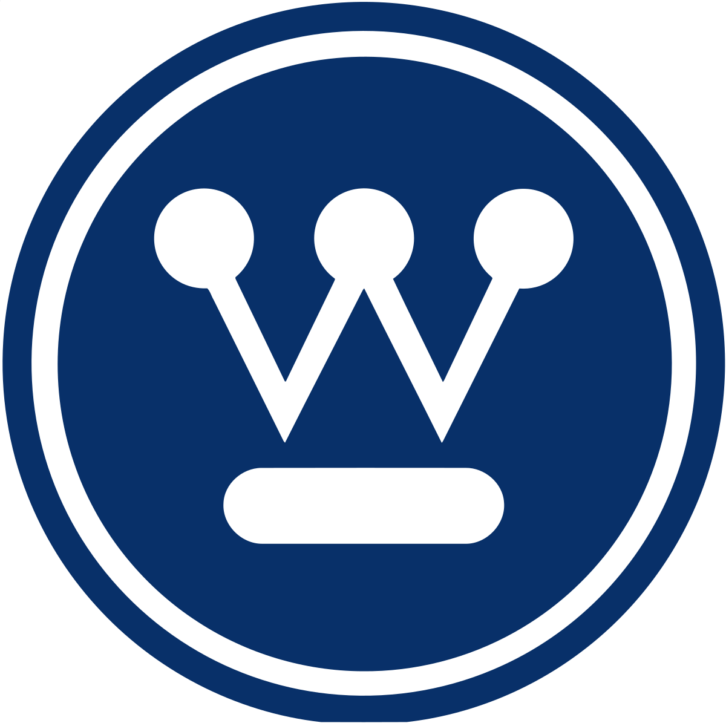 Known for his ability to complete assigned tasks quickly and under budget, Davis oversaw a diverse number of projects including the electrification of several railroad tunnels, the Pennsylvania Railroad Terminal, and the New York, New Haven & Hartford railroad, most of which now makes up Metro North’s New Haven Line and Amtrak’s Northeast Corridor. During the war, Davis efficiently headed Westinghouse’s war production, supervising the massive conversion of Westinghouse’s East Pittsburgh plant from electrical to munitions production. Westinghouse also was a major supplier of radio gear to the military, engineering efforts guided by Conrad.
Known for his ability to complete assigned tasks quickly and under budget, Davis oversaw a diverse number of projects including the electrification of several railroad tunnels, the Pennsylvania Railroad Terminal, and the New York, New Haven & Hartford railroad, most of which now makes up Metro North’s New Haven Line and Amtrak’s Northeast Corridor. During the war, Davis efficiently headed Westinghouse’s war production, supervising the massive conversion of Westinghouse’s East Pittsburgh plant from electrical to munitions production. Westinghouse also was a major supplier of radio gear to the military, engineering efforts guided by Conrad.
While history does not record Conrad’s reaction to Davis’ seemingly new-found enthusiasm for a consumer radio business, he must have been bemused since it was originally his idea. Four months earlier, Conrad had made nearly the exact same pitch to Davis, who dismissed it at the time and had obviously or conveniently forgotten all about it.
But Conrad and Davis had each other’s attention now. Davis asked Conrad if he could build an even more powerful transmitting station on the roof of the K building at Westinghouse’s East Pittsburgh works. Davis figured a Westinghouse station would promote the company and the sale of potential future Westinghouse home radio hardware. While helping to design the station transmitting equipment, initially designated 8ZZ, Conrad continued to develop his self-contained consumer radio set.
See also: Happy 100th Birthday To The Consumer Technology Industry! Part 2: A National Priority
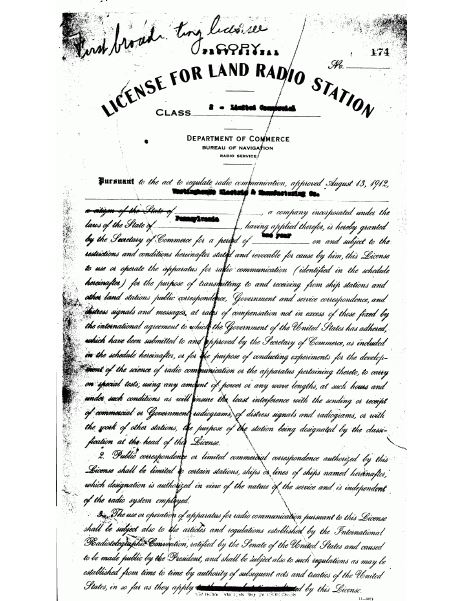
On October 27, Westinghouse received a federal broadcast license under the call letters KDKA. On November 2, 1920, after two hours of tests, at 8pm KDKA started broadcasting at 100 watts, with Westinghouse publicist Leo Rosenberg reading the returns from the U.S. presidential election. Thousands of people listened in, either at home or via horn speakers set up in auditoriums or stores around the Pittsburgh metro area and beyond, to hear the results.
Conrad has some engineering RA-DA sets hand-assembled to be sold for the broadcast. The first was bought by the newly-appointed manager of Westinghouse’s new radio engineering department, Lewis W. Chubb, just hours before the broadcast began. Conrad was not at the East Pittsburgh rooftop KDKA studio, however; he was manning his own 8XK rig in his garage as a back-up.
With the success of the KDKA broadcast, Westinghouse jumped into manufacturing Conrad’s two-piece RA-DA – one cabinet containing the tuner, the second a detector and a two-stage audio amplifier. The RA-DA was powered by a rechargeable lead acid battery and was equipped with three headphone jacks – there was no integrated speaker – with each piece priced at $65, or a total of about $1,670 in today’s dollars for the combined set. The first production run at Westinghouse’s East Pittsburgh Works in Pittsburgh produced about 1,400 RAs and 1,600 DAs, the first coming off the line on November 30, 1920, and going on sale just before Christmas – another piece added to the consumer technology business template.
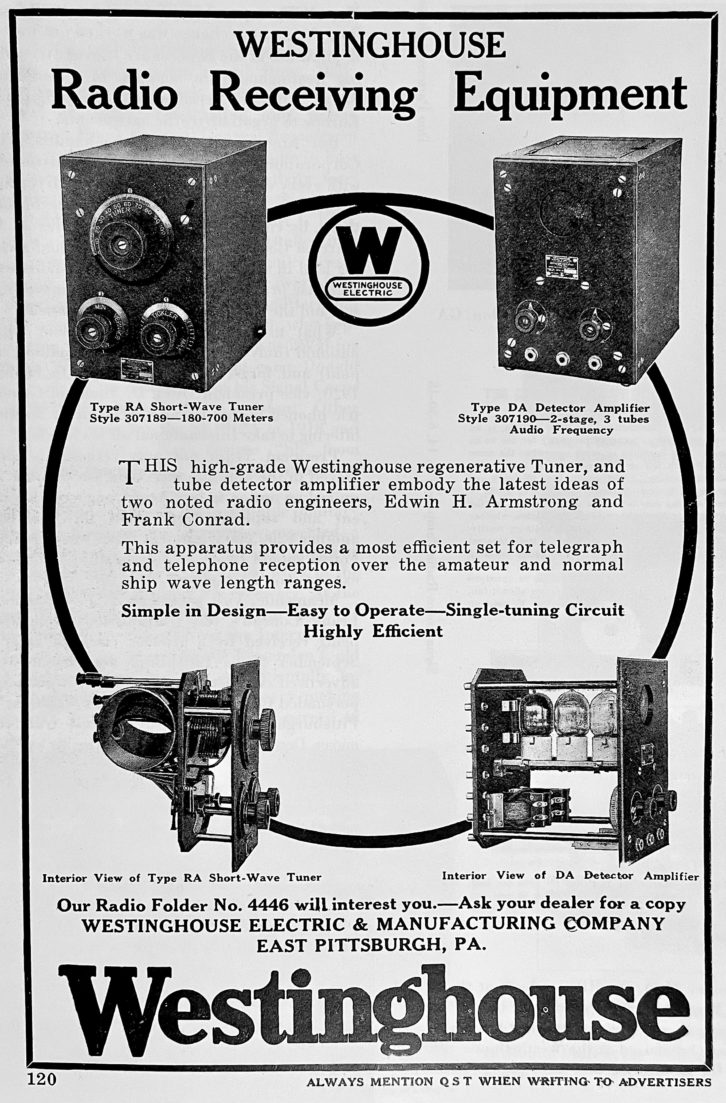
I would love to describe Davis’ role in precipitating the production and marketing of the RA-DA. But history has decided instead to shine the light on Davis’ role birthing the radio broadcasting business. Davis himself, in multiple presentations over the next decade, is never recorded discussing the RA-DA or Westinghouse’s home radio hardware business. I had planned to travel to Pittsburgh to rifle through Davis’ papers, stored at the University of Pittsburgh, to determine his role in establishing, authorizing, overseeing or…whatever role he may have played in creating Westinghouse’s consumer radio set business. But, as with a host of other plans for 2020, the Covid-19 pandemic put the kibosh on this research quest. If and when conditions permit, I will make this trip and report my findings.
What we do know is that Conrad’s and Harris’ vision for consumer radio were soon justified beyond anyone’s most fanciful prognostication.
Next: “When The Public Is Ready For Mass Demand”
See also: Happy 100th Birthday To The Consumer Technology Industry! Part 3: A Pittsburgh Radio Sensation




